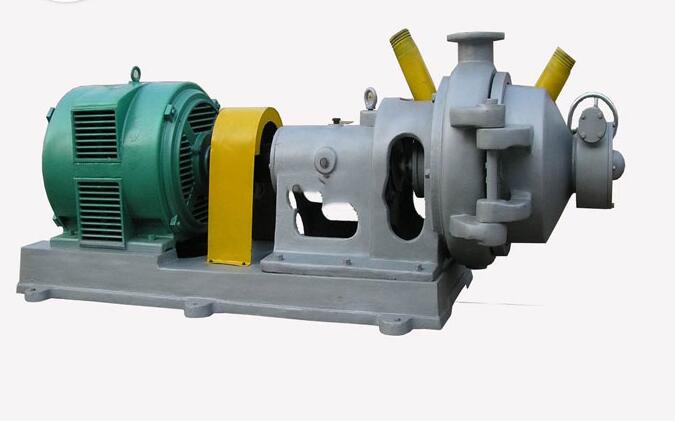Paper Processing
Paper processing is to use pulp to manufacture paper by a series of paper making machinery. Paper processing mainly includes: Repulping——Deslagging——Disintegrating——Refining——Sizing——Screening——Forming——Pressing——Drying.


Repulping is to adopt the repulper to make the pulp functioned by the hydraulic shearing force by the rotation of the impellers after it is hydrated and pulverized to disperse the fibers and mixing the chemicals. It can be measured accurately to control the concentration through temporary storage tank and screen the impurities through the discharge plate.
Deslagging is performed by a HC cleaner to remove heavy impurities (small stones, etc.) according to specific gravities of the objects under centrifugal force.
Disintegrating is to separate fiber ends by directional friction between the turntables by the high-frequency disintegrator to increase the productivity of the repulper.


Refining is that the fibers are cut and deuterated to change their physical form by the refiner (double disc) through mechanical effect of disc to fiber and squeezing effect of fiber to fiber.
Sizing is a process in which two or more kinds of pulps are mixed in a certain ratio to achieve uniformity and stability.
Pulp feeding has a special system, which refers to the part between the front groove of the paper processing machine and the head box. Its functions mainly include: to provide stable pulp; to reduce the pressure pulse of the system; dilute the pulp uniformly; to eliminate the gas inside the pulp; and to remove the impurities.
Screening is aimed at screening out the impurities and stabilizing and storing the pulp. The function of the fan pump is to complete the transmission of the system, control the pulp speed and make the fiber debris and undissociated fiber bundles to maintain the quality and protect the equipments. It mainly includes removing impurities and the air, reducing pressure pulses, collecting white water from the equipments so as to reuse and dissipate heat energy. Its main equipments include pressure screen and white water chest.
Forming is to form paper sheet uniform along longitudinal and transverse directions through head box, dewatering elements, breast roll and belly roll, water receiving tray, forming net and cleaning devices
The effect of the pressing is to remove free water from the fibers and increase the sheet tightness (quantity/thickness). It affects the thickness, strength, softness, corrugation structure, etc. of the paper directly.
Drying is to adopt the first grade steam and condensation system of the drying cylinder and the drying cylinder cover to remove water by mechanical force, achieving the evaporation, exhaust and supporting for the corrugation of the paper because the water content of wet paper is still as high as 52% to 70% after pressing,
Corrugation forming is the processes of bending or wrinkling of the paper surface. It uses two-dimensional structure or three-dimensional structure principle, through the dryer surface, coating, scraper, etc. to form small or large corrugations.
The above technology knowledge can help you master relevant paper processing flow and machinery.

